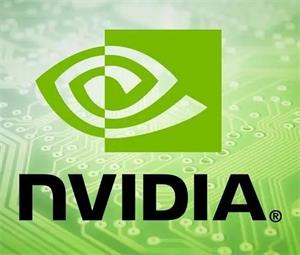Nvidia RTX 4070 Ti vs AMD RX 6950 XT


The Nvidia RTX 4070 Ti and AMD RX 6950 XT are both high-end graphics cards, but there are some key differences between them. The RTX 4070 Ti features the latest Ada Lovelace architecture, which gives it a performance edge, especially in ray tracing. It also supports DLSS 3, which can significantly boost gaming performance. The RX 6950 XT, on the other hand, offers better value for money and lower power consumption. However, it is slightly less powerful and does not support DLSS. Overall, the RTX 4070 Ti is the more well-rounded card, but the RX 6950 XT is a more affordable option.
Nvidia RTX 4070 Ti
Pros:
More powerful performance
Better ray tracing performance
DLSS 3 support
Uses the latest Ada Lovelace architecture
Larger VRAM capacity (12GB GDDR6X)
Cons:
More expensive (MSRP $799)
Higher power consumption (TDP 285W)
AMD RX 6950 XT
Pros:
Better value (MSRP $549)
Lower power consumption (TDP 335W)
Supports ray tracing (but not as good as RTX 4070 Ti)
Cons:
Slightly less powerful than RTX 4070 Ti
No DLSS support
Uses older RDNA 2 architecture
Graphics core
| Release Date | January 3, 2023 | November 18, 2021 |
| Generation | Ada Lovelace | RDNA 2 |
| Applicable type | Desktop | Desktop |
| Processor Number | 7680 | 5120 |
| Bus Interface | PCIe 4.0 x16 | PCIe 4.0 x16 |
Memory
| Memory Capacity | 12GB | 16GB |
| Memory Type | GDDR6X | GDDR6 |
| Memory Bus Width | 192-bit | 256-bit |
| Memory Frequency | 21Gbps | 18Gbps |
Clock speed
| Base Clock | 2310MHz | 1925MHz |
| Boost Clock | 2610MHz | 2360MHz |
Render Config
| Number of Stream Processors | 7680 | 5120 |
| Number of Texture Units | 240 | 320 |
| Number of ROP Units | 80 | 80 |
Theoretical Performance
| Single-Precision Floating-Point Performance | 40 TFLOPS | 23.6 TFLOPS |
| Double-Precision Floating-Point Performance | 64 TFLOPS | 37.4 TFLOPS |
Graphics Processor
| Core Codename | AD104 | Navi 21 |
| Core Area | 295mm² | 520mm² |
| Number of Transistors | 35.8 billion | 26.8 billion |
Board Design
| PCB Dimensions | 242mm x 138mm | 273mm x 134mm |
| Power Connectors | 1x 16-pin PCIe | 1x 16-pin PCIe |
| Auxiliary Power | 1x 8-pin PCIe | 1x 8-pin PCIe |
| Cooling | Dual-slot fan | Triple-slot fan |